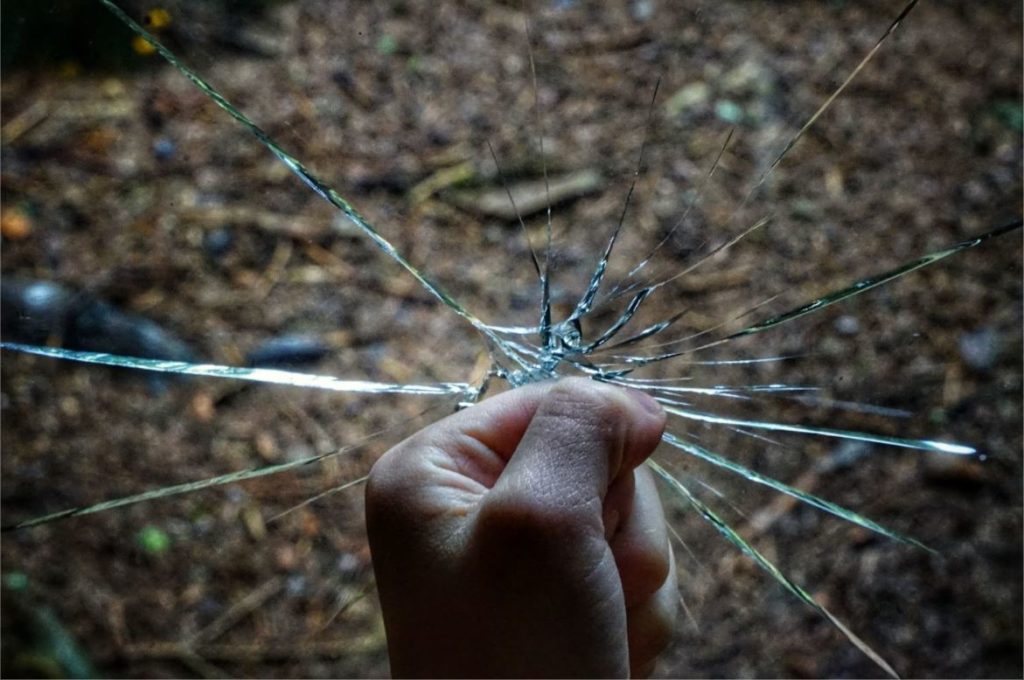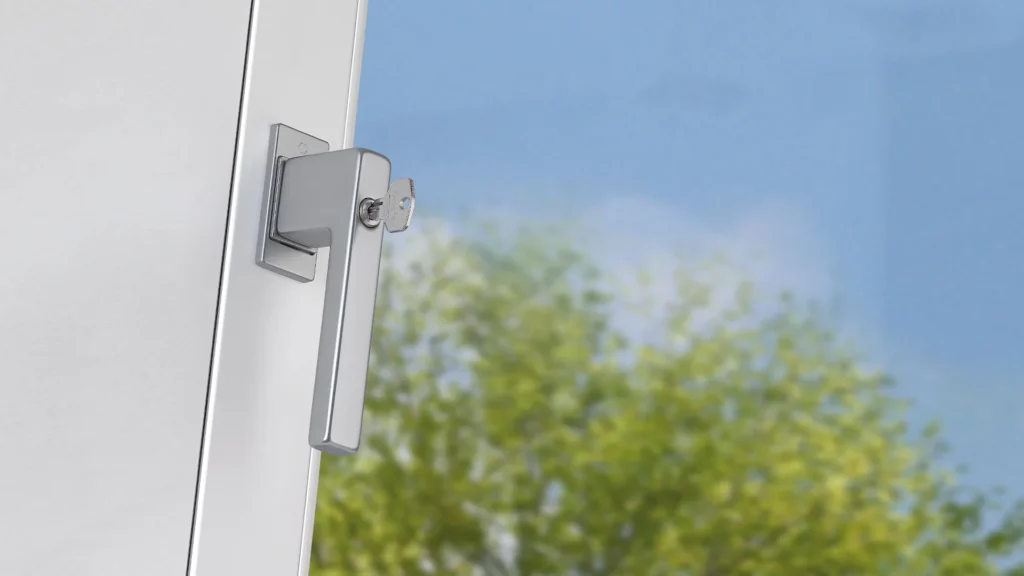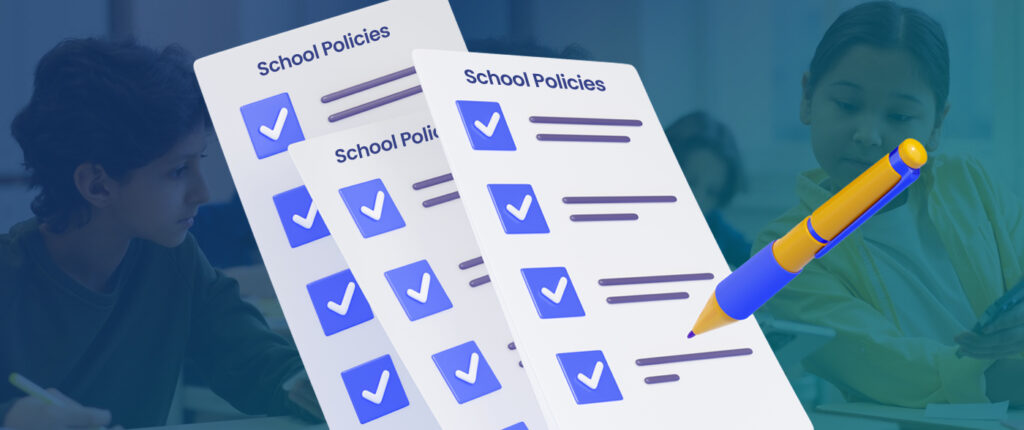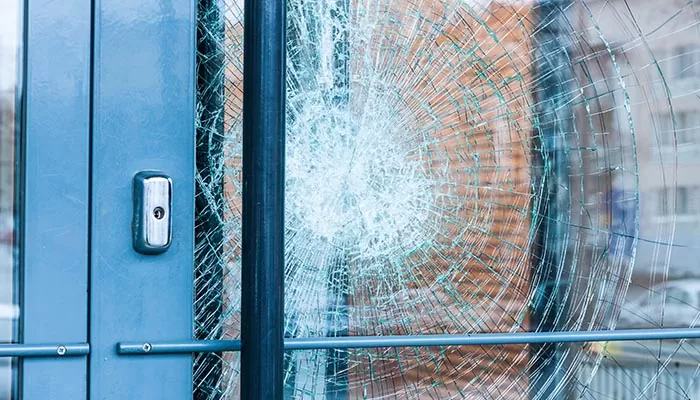Window installation in schools must prioritize safety, as students and staff rely on secure, functional environments for learning and growth. Schools face unique safety challenges in window installations, from ensuring impact resistance to preventing unauthorized access. This article explores the main safety concerns in window installation for schools and provides solutions to enhance the security, durability, and well-being of educational spaces.
1. Choosing Impact-Resistant Glass to Prevent Breakage
In schools, where high activity levels are common, windows Nova Scotia must be designed to withstand impact. Accidental breakage poses serious safety risks, especially in classrooms, gyms, and playground-adjacent areas.
- Challenge: Traditional glass is susceptible to shattering upon impact, which can result in dangerous shards and potential injuries.
- Solution: Laminated or tempered glass offers greater durability and impact resistance. Laminated glass, in particular, remains intact when broken, preventing sharp fragments and containing any potential hazards within the frame. Tempered glass is also a good option for high-traffic areas as it shatters into small, blunt pieces, reducing injury risks.

2. Integrating Safety Locks and Anti-Tamper Mechanisms
Windows in schools need secure locking mechanisms to prevent students from tampering with them. Safety locks help ensure windows cannot be opened too widely, which is essential for rooms on upper floors.
- Challenge: Standard window locks can be tampered with, potentially allowing young students to open windows too wide or inappropriately.
- Solution: Installing child-safe locking mechanisms that limit the opening angle of windows can prevent accidental falls and unauthorized access. Locks that require adult manipulation, such as those with two-step unlocking processes, add an extra layer of protection in classrooms.

3. Installing Fire-Safe Windows for Emergency Preparedness
Schools must comply with fire safety regulations, ensuring that windows contribute to, rather than compromise, emergency preparedness. Windows in classrooms should be designed with fire-safety features in mind to support quick evacuations if necessary.
- Challenge: Non-fire-rated windows may not withstand high temperatures or facilitate easy escape routes, compromising student and staff safety.
- Solution: Fire-rated windows made with materials that resist high temperatures can improve fire safety by containing smoke and flames. Additionally, operable windows that can be opened easily during emergencies allow a quick evacuation route, especially for classrooms on lower levels. Consulting local fire codes ensures compliance and enhances the building’s overall safety plan.
4. Preventing Unauthorized Access and Enhancing Security
Unauthorized access through windows poses a security risk in any building, and schools are no exception. Windows should be installed with strong security features to protect against potential intrusions.
- Challenge: Standard windows may be vulnerable to break-ins, particularly in areas without reinforced frames or secure locking mechanisms.
- Solution: Reinforced window frames made from durable materials, such as aluminum or steel, make windows more resistant to forced entry. Laminated glass is also difficult to break, providing an extra barrier. For added security, installing windows with security film can prevent shattering and deter unauthorized access.
5. Ensuring Accessibility While Maintaining Safety Standards
Windows should be accessible but safe to use, particularly in special education classrooms or areas with younger children. Accessibility features should balance safety with easy operation, especially in classrooms where ventilation is important.
- Challenge: Some safety mechanisms, such as high locks or complex opening systems, can hinder accessibility, making it difficult for staff to operate windows.
- Solution: Window designs with tilt-and-turn or push-out features allow for safe yet easy operation. In classrooms with younger children or special needs students, installing accessible handles that are easy for teachers to use while maintaining restricted access for students is ideal.
6. Incorporating Shatterproof Films and Protective Coatings
Shatterproof films and coatings can significantly improve window safety by adding an extra layer of durability. These protective films are especially valuable in high-activity areas, such as gymnasiums, cafeterias, and playground-facing windows.
- Challenge: Without protective films, windows can shatter upon impact, leading to injury risks and cleanup challenges.
- Solution: Applying shatterproof film to windows can prevent breakage from rough play or accidental impacts. These films hold the glass together upon impact, minimizing injury risks and preventing glass shards from scattering. Additionally, anti-graffiti coatings can be applied to reduce vandalism, keeping windows clear and safe over time.
7. Complying with Safety Standards and Regulations
Schools must follow strict building codes and safety regulations regarding window installations. Compliance with these standards ensures that windows meet safety, durability, and accessibility requirements.
- Challenge: School districts often have limited budgets, and compliance with safety standards can add to installation costs.
- Solution: Schools should work with certified contractors who are experienced with educational facility installations. These professionals can ensure compliance with local and national building codes, often identifying cost-effective solutions that meet safety requirements.

Conclusion
Addressing safety concerns in window installation for schools requires careful planning, the right materials, and adherence to safety standards. By investing in impact-resistant glass, secure locking mechanisms, fire-safe designs, and accessibility features, schools can create safer and more resilient learning environments. Thoughtfully designed windows contribute to a secure educational experience, protecting both students and staff while enhancing overall well-being.


